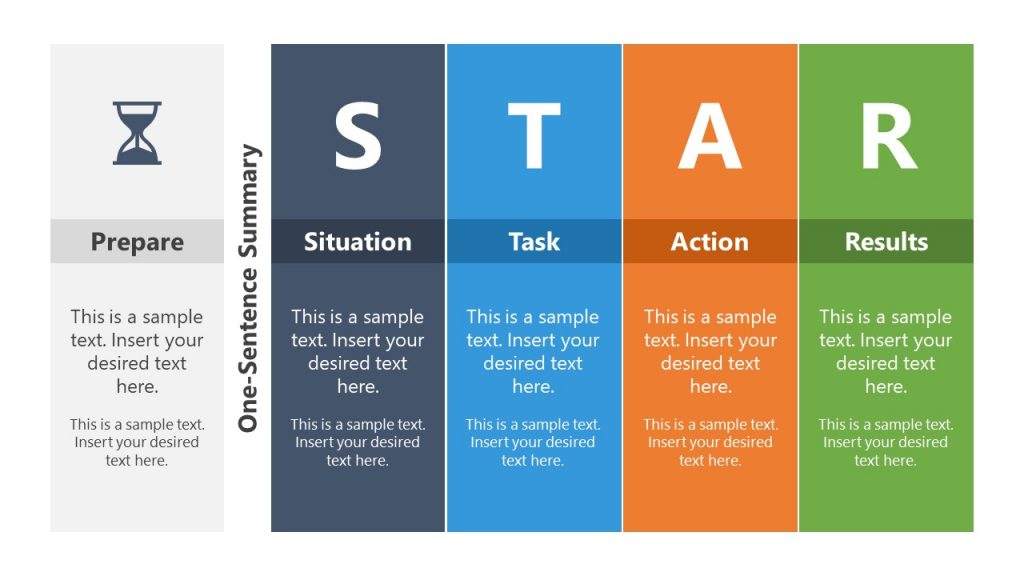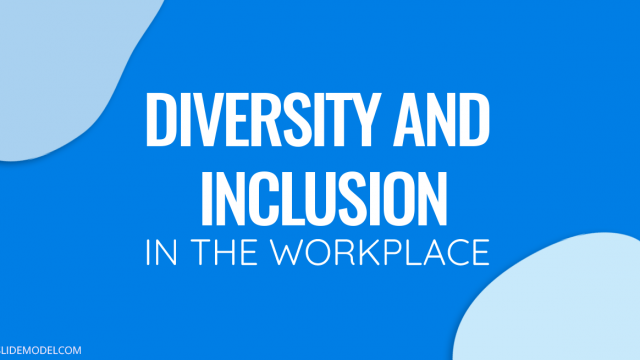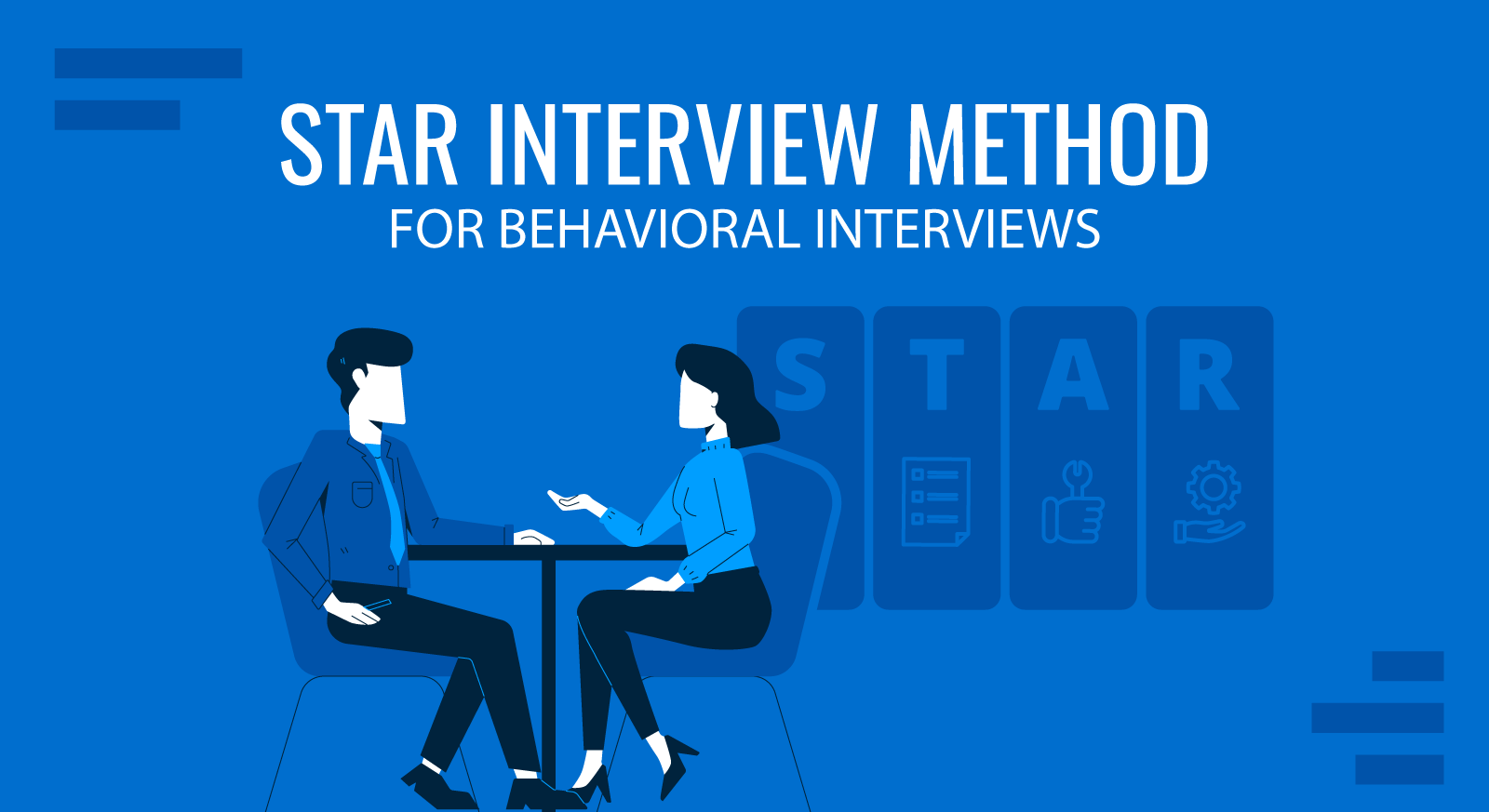
Interviews today often place significant emphasis on behavioral interviewing, rather than solely relying on an examination of a candidate’s technical skills. Simply put, these are questions that are meant to have candidates explain how they solve problems. It is a display of practical competency in terms of making decisions and approaching problems in the workplace.
Anytime a question starts with “Tell me about the time where you” or “Describe a situation wherein you had to” or similar, it is behavioral interviewing and the interviewers are looking for any past experiences or prior successes you have had in a similar situation that can potentially inform your future decisions and placement at their company. And more and more companies are adopting this as a standard practice for their interview process.
So, if behavioral interviewing is becoming commonplace, it makes sense to have a framework that facilitates understanding and answering behavioral questions adequately. And this is where the STAR Method for Interviews comes in.
So, let’s break down exactly what the Star Method of interviewing is, and how the p|rocess of preparation and presentation can be simplified by using the STAR framework.
What is the STAR Interview Method?
According to Amazon, one of the foremost proponents of behavioral interviewing, the definition for the STAR Interview Method is this:
The STAR method is a structured manner of responding to a behavioral-based interview question by discussing the specific situation, task, action, and result of what you’re describing.
Breaking down this definition, the STAR Interview Method relies on four major aspects (situation, task, action, result), each of which can help a candidate paint a clear picture of the experience they’re describing, without falling into the trap of giving vague details and pandering to what they think the interviewer wants. It is a way to be objective, and potentially eliminate any cognitive bias one may have.
1. Situation
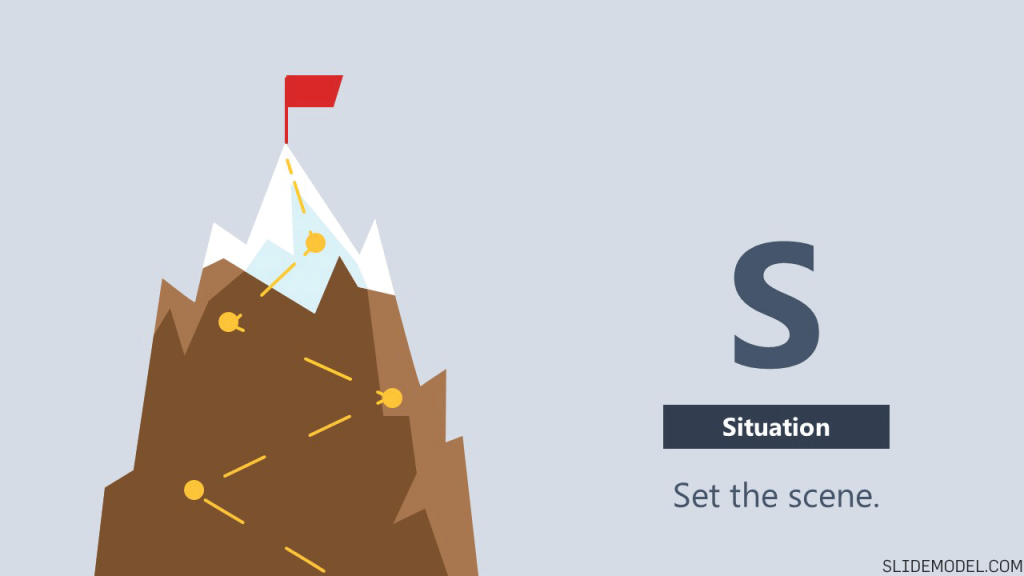
Depending on the question, this may require a candidate to come up with a relevant situation on their own, or a specific one asked by the interviewer. The situation needs to be described in detail, giving all the relevant information to contextualize the situation for the interviewer, as well as provide the background with which a candidate was working when coming up with a solution or idea for it.
2. Task
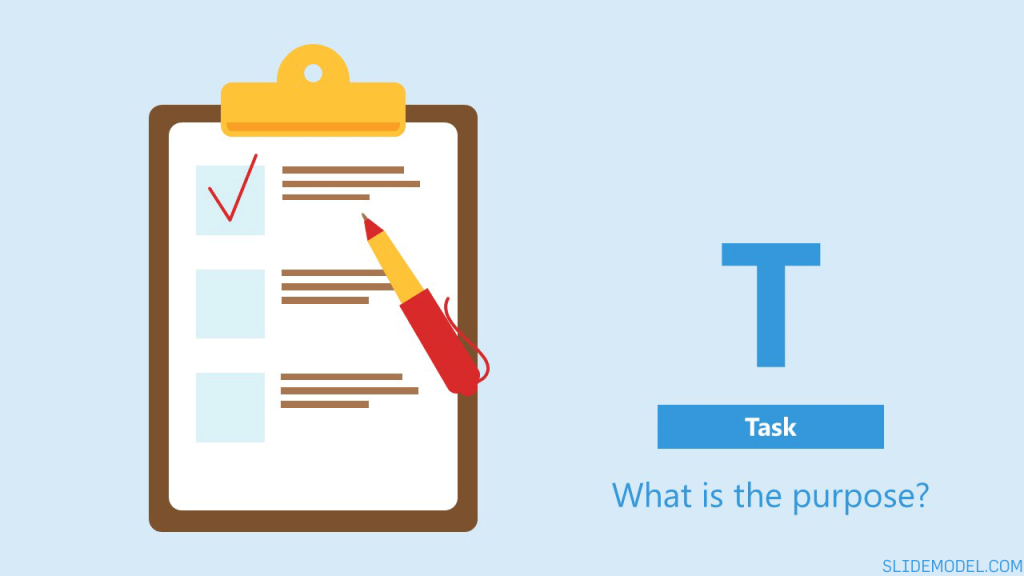
What was the candidate’s role in the situation? And what were the objectives or goals they were working towards.
3. Action
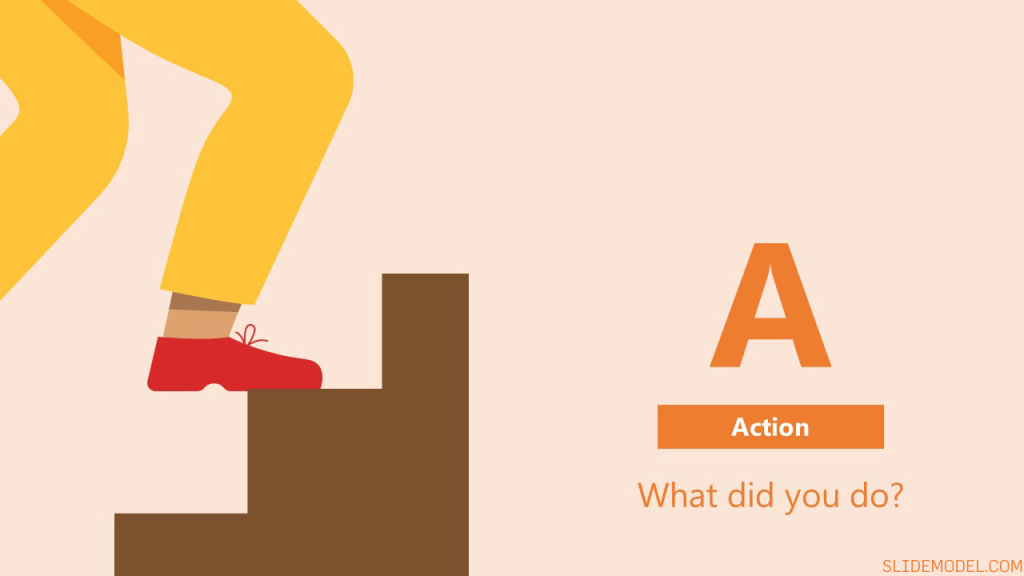
What did you, the candidate, do? Describe the actions taken in that situation in detail, emphasizing your own contributions without embellishing or exaggerating the details. Be hyper-specific and provide nuanced details of what actions you took and your justification for them. Avoid talking in general, vague terms or focusing on what your team did as a whole.
4. Result

What was the outcome of the situation? Were your objectives met? And how did you impact the final result? Make that connection clear, leaving no room for interpretation regarding your contributions to the final result.
This is the STAR Interview Method in a nutshell. Understanding the four components is straightforward enough, but effectively utilizing it in an actual interview can take some practice and requires prior and careful preparation.
Tip – Understanding and mastering public speaking techniques can also help in the process of STAR Method Interviews.
How do you prepare for a Behavioral Interview using STAR Method?
One of the best tips in terms of preparing for a behavioral interview is to compile your information in the STAR Method itself, rather than having general anecdotal ideas that you spontaneously fit in the method during the interview. How? Let’s find out.
1. Curate Experiences and Achievements
Don’t go into an interview completely blindsided. Read the job profile, description, roles and responsibility as well as requirements, and try to understand what the interviewer might potentially want from you. Accordingly, make a list of all achievements and projects where you’ve had a significant impact in a similar capacity to the role you’re interviewing for.
2. Practice Brevity
Practice explaining each situation as concisely as possible without skimping on essential information. Brevity is not a skill that one can pick up immediately during the interview. It requires careful consideration of information, and studious practice of presenting information. Employ this in explaining the situation, as well as the objectives of the situation, so you can move on to your role quicker without dwelling too much on background information.
3. Find Relevant Anecdotes
A lot of behavioral interviewing relies on anecdotal knowledge. So, that is what you should be prepared for. Find specific anecdotes in each situation which perfectly represent your contributions to the project. Don’t be shy about taking credit but always justify it with a suitable anecdote from the situation.
4. Use STAR Method Templates
One of the easiest ways to physically articulate your experiences is by using a template created for the STAR Interview Method. Find a presentation template that effectively breaks down each part of the process, and note down your thoughts and ideas, so you can have a STAR Method reference for your experiences. This can be used either as a guiding board for you, or as part of a presentation for your interviewers.
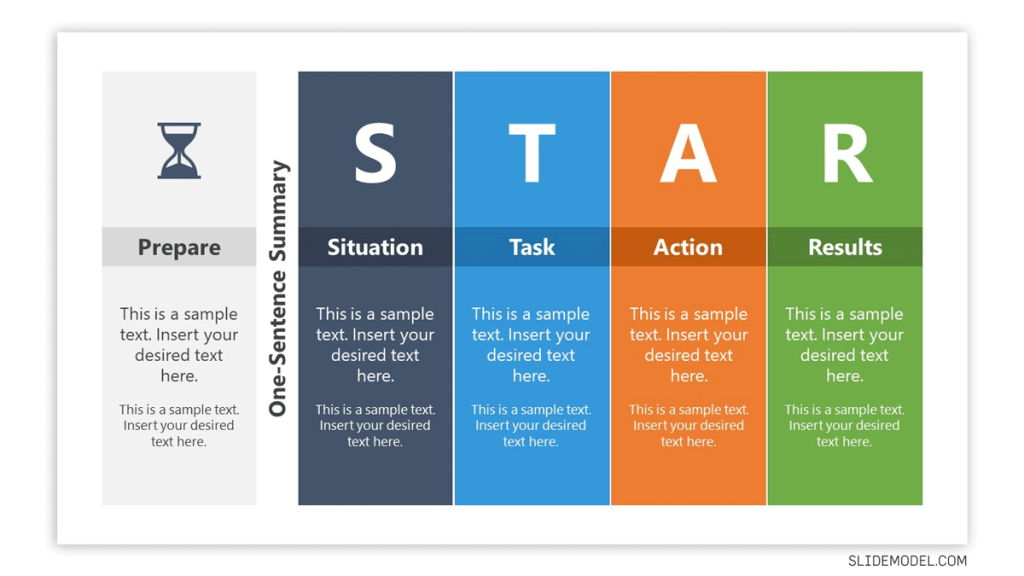
Understanding and Answering STAR Method Interview Questions
Behavioral interview questions, or STAR Method Interview Questions are not a specific category that is explicitly stated during the interview process. They are interwoven within the interview in a manner that can sometimes make it hard to identify, as they’re meant to elicit genuine and objective responses.
So, what are some of the ways in which you can identify behavioral interview questions?
- They usually start with phrases such as
- “Describe a situation in which you…”
- “Tell me about a time when you…”
- “Give me an example of…”
and so on.
- Identify if the question is a hypothetical one.
- “Imagine if you were in a situation…”
- “What would you do if…”
If so, then it is not behavioural interviewing. It is a more traditional form of interview, wherein a hypothetical response works just as well in gauging your potential for that role, and may not require specific anecdotes or past experiences.
- Identify if the question is demanding a specific and concrete example.
This is done by first noting the phrasing of the question, as mentioned above, as well as probable prior discussion by the interviewers about your past experiences and the skills and competencies expected for the role.
Examples of STAR Method Interview Questions
By no means an exhaustive list, this is a curation of some behavioural interview questions that can be posed to candidates. This is not meant to be taken as a definitive methodology for answering these questions, but more as a guiding principle to form your own answers that best represent your situation. A good practice for similar questions can be using them as basis for your STAR Interview templates and practicing answering such questions with brevity and clarity.
“Tell me about a time where you had to deal with failure at your workplace/university (for fresh graduates). What was your response to it?”
Situation – Provide context and background information.
- What was the situation? Describe your company or university, contextualizing the situation.
- Specify which part of the whole situation were you involved in, and what exactly went wrong. The question demands a specific example, and there is no point in sugarcoating the situation for the interviewer.
- Provide any additional detail that could describe why this was a failure on your end, and the circumstances leading up to it, if the situation requires such nuance.
Task – Identify your goals and tasks within the situation
- What was your exact task within the situation? It becomes easier to identify these by providing the goals you were working towards.
- Explain your role in said tasks. Why were you asked to deal with the problem, or why was it your failure?
Action – Describe your action plan, focusing on your contributions.
- Describe what exactly you did to overcome the failure. How did you personally respond to the situation?
- It is important to be detail-oriented here. Personal thoughts and feelings aside, explain what you did to tackle the issue you were facing. Be clear and objective.
Result – Explain the outcome, focusing on what you learn from the situation.
- Be objective in your retelling of the outcomes. Don’t lean too much into a “happy ending” cliche. In an interview, it is best to respond with metrics, data and definitive results rather than your personal feeling of accomplishment. That part could be implicit and shouldn’t colour your answer entirely.
A big infotech conglomerate is looking to expand into the e-commerce business. Provided with the general framework of the company you, as an employee, are asked to make a case ‘for’ or ‘against’ the decision.
(This is an example of using the STAR Method in a situation which is potentially hypothetical but requires you to use your prior experience definitively to make a decision).
Situation
Understand the company’s current situation, keeping in mind your knowledge of its processes and functioning. Use that as the background to decide first and foremost your side of the argument i.e. should the company move into e-commerce or not? Think about existing revenue models, market competition, value addition that can be provided by your company etc.
Task
What are the logistics involved should the company go ahead with it? Make a case for in-house operations, outsourcing, acquisition, partnerships etc for entering into a new industry.
Alternatively, why existing models will not work in practicality if you decide the company should not go for it.
Action
Look at your role within this space and understand how your decisions will impact this new venture. Your prior experience within the company, as well as assumed knowledge of e-commerce, should define your action plan.
Result
This is primarily looking at potential outcomes of either situation, and should be in-line with your experiences as an employee of the company. Even in a hypothetical situation, it is your past experiences which is forcing you to understand, analyse and articulate the results of your decision.
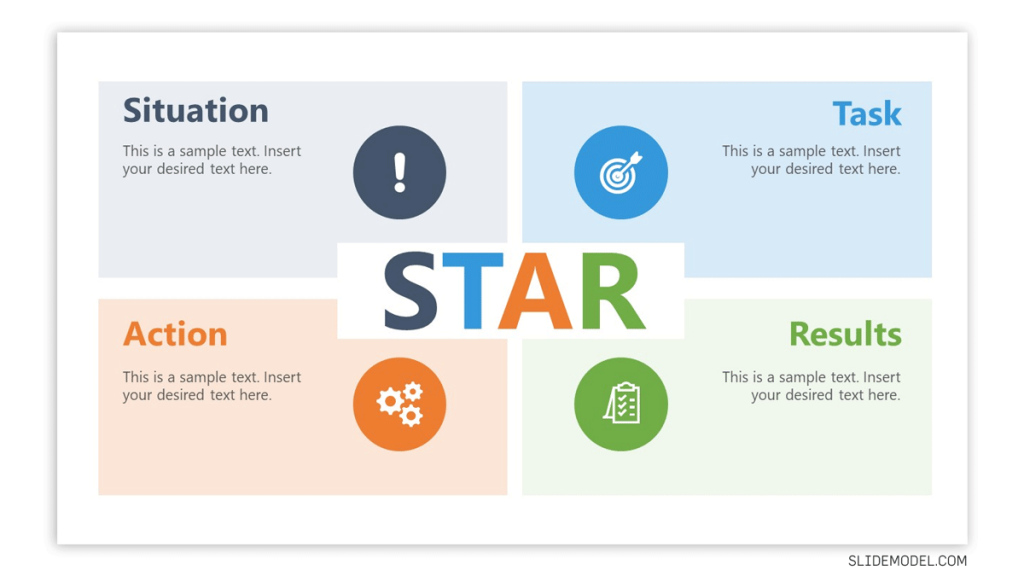
Final Words
Being perfect for a job today is not solely reliant on your technical or managerial skills. For instance, a job opening comes up for a developer position in a major tech company and so naturally your technical skills have a huge impact on your chances of selection. But nowadays, a successful candidate needs to be well-rounded, willing to take initiative and have the knowledge to back their decisions up.
Therefore, it makes sense to be familiar with behavioral interviewing methods, such as the STAR interview method, which was designed specifically to tackle questions that rely on you telling a story about your past experiences, and how they’ve shaped your career as well as your competency for a given role.
STAR Method Interview templates can also be used alongside the self-introduction presentation template, which makes for a good first impression and expression of your prior skills and experiences during an interview. So, practice and nail that interview at Amazon, Google or your dream company. Alternatively, check our article about how to give a compelling Interview Presentation.
